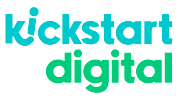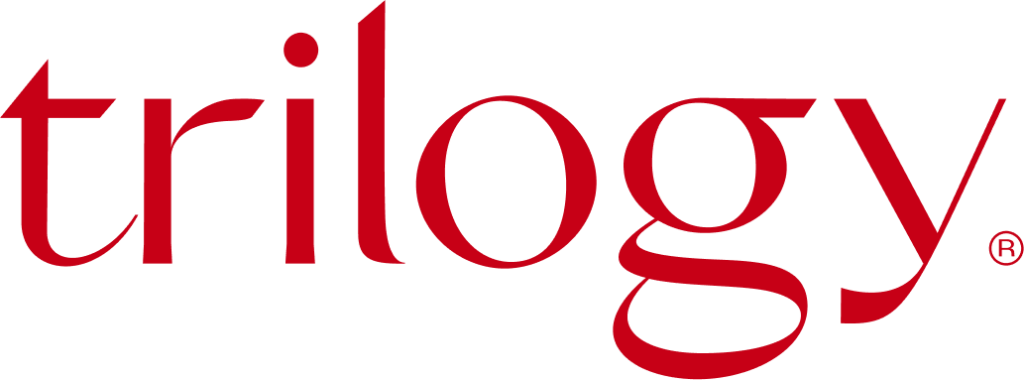Definition
Transfer Learning in AI Terms in Content MarketingDefinition Content marketing strategically creates and share... refers to the method where a pre-trained machine learning model applies its existing knowledge to new but related tasks. In the marketing domain, this technique drastically reduces training time, enhances prediction accuracy, and enables content teams to leverage previously analysed data across different campaigns.
For example, a performance marketing agency may have a language model trained on thousands of retail product reviews. With Transfer Learning, the same model can be fine-tuned for a fashion brand’s customer sentimentDefinition Sentiment in the SEO space refers to the emotiona... analysis—without starting from scratch. This not only saves cost but accelerates go-to-market timelines.
In SEO, Transfer Learning helps marketers understand changing trends across similar niches. A digital marketing Auckland specialist may adapt an AI model trained on Australian search behaviour to predict seasonal keyword shifts in New Zealand. Likewise, an SEO company can reuse a model from an e-commerce case study to optimise blog strategies for a SaaS client with similar engagementDefinition Engagement in content marketing refers to the deg... patterns
Explained with Example
Suppose a digital marketing agency in Auckland runs campaigns for both real estate and automotive sectors. The team uses a natural language processing model originally trained to detect purchase intent in car buyersDefinition In the context of marketing and SEO, "buyers" ref.... Instead of rebuilding a new model for the real estate domain, they apply Transfer Learning to refine it with housing-related search queries and customer reviewsDefinition Customer reviews in social media marketing....
This shortened learning process enables the agency to personalise landing page content, FAQs, and CTAs that mirror users’ intent faster than traditional modelling. The end result: optimised click-through rates, better audienceDefinition The term "Audience" refers to the group of indivi... targeting, and higher conversionDefinition In the realm of SEO, Conversion refers to the pro... rates—achieved without retraining from the ground up
Formulas & Easy Examples
The power of Transfer Learning lies in cost-efficiency and reduced computational efforts. Here’s a breakdown:
| Metric | Formula | Example |
|---|---|---|
| Fine-tuningDefinition Fine-Tuning, in the context of AI-powered content... Time (hrs) | Pre-trained model time ÷ 10 | 100 hrs ÷ 10 = 10 hrs |
| Training Data Saved (%) | [(Old data size – New data size) / Old data size] × 100 | [(100k – 20k) / 100k] × 100 = 80% |
| Accuracy Boost (%) | (New model accuracy – baseline) × 100 | (92% – 85%) × 100 = 7% |
| Model Reuse Value ($) | Cost of building from scratch – fine-tuningDefinition Fine-Tuning, in the context of AI-powered content... cost | $10,000 – $2,000 = $8,000 saved |
| Adaptation Efficiency Score | (Accuracy gain × Data saved %) ÷ Fine-tuningDefinition Fine-Tuning, in the context of AI-powered content... time | (7 × 80) ÷ 10 = 56 |
Such data helps SEO experts in Auckland make quicker, evidence-based decisions when applying Transfer Learning to improve campaignDefinition An SEO campaign involves focused, Organised effor... outcomes.
5 Key Takeaways
- Transfer Learning reduces training time and boosts content performance with minimal data.
- Marketers can repurpose existing AI models across industries or campaignDefinition An SEO campaign involves focused, Organised effor... types.
- SEO teams can apply models trained in one niche to another with just minor tweaks.
- Performance marketing agencies gain speed and accuracy in content targeting.
- This technique lowers costs while improving marketing precision and audienceDefinition The term "Audience" refers to the group of indivi... relevanceDefinition In SEO, relevance refers to the degree to which a....
FAQs
What is the biggest advantage of Transfer Learning for SEO companies?
It saves time and cost by reusing pre-trained models across different content strategies.
Can Transfer Learning help with multilingual content marketing?
Absolutely. A model trained in English can be fine-tuned to understand Kiwi-specific phrases or te reo Māori.
How is Transfer Learning used in content creation?
It helps predict user intent, generate targeted headlines, and optimise articles for better engagementDefinition Engagement in content marketing refers to the deg....
Does Transfer Learning require large datasets?
No. One of its benefits is needing fewer new data points to perform accurately.
Is Transfer Learning suitable for local businesses in New Zealand?
Yes, especially when adapting global models for local audiences or regional search behaviour.




